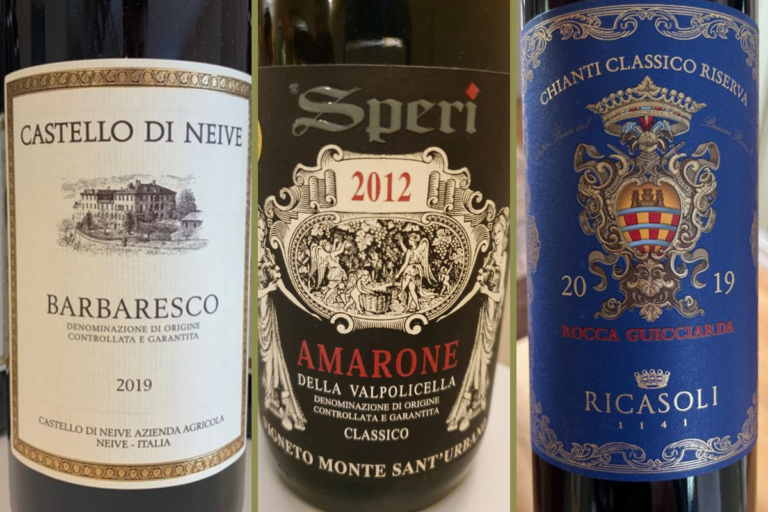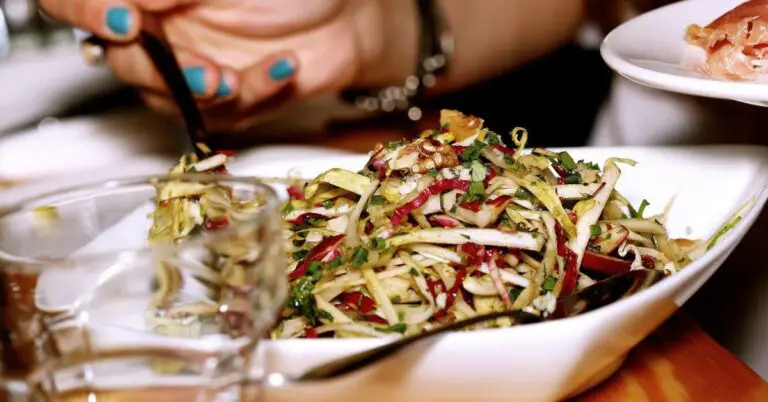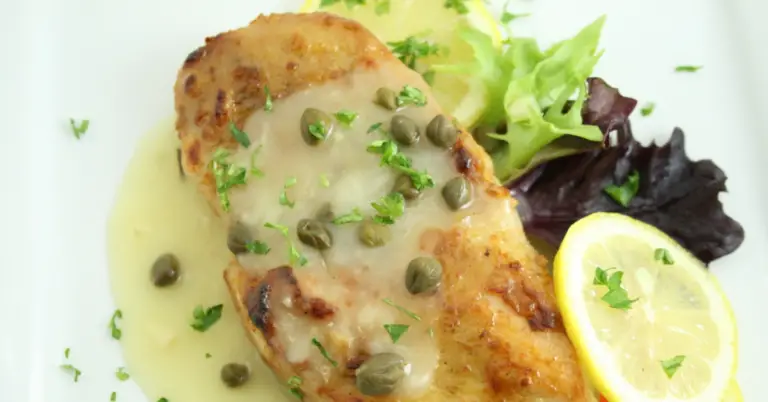In Italy, when it comes to food and dining, things can range from beautifully simple to intricately complex. Over the centuries, we’ve cultivated a set of “unspoken” customs, rules, and practices that might seem peculiar to an outsider. However, there’s a rationale behind each etiquette.
If you’re curious about the ins and outs of table manners, the arrangement of cutlery, or the proper way to place a napkin, you’ll discover it all here.
1. Reserving a table
Reserving a table is not required, but it’s highly recommended. Italian eateries, particularly on weekends, can get busy and certainly quite noisy. To make sure you get a table, it’s best to make a reservation by phone. If you’re running more than 20 minutes late, it’s courteous to call the restaurant and let them know. While some restaurants opt not to take reservations and operate on a first-come, first-served basis, these are in the minority.
2. Meal timings and local norms
Dinner time in Italy varies by region and personal preference. Typically, dinners commence around 8:30 pm, given the late lunch hours. Snacking in the late afternoon helps bridge the gap. For more information on the times and duration of daily meals in Italy, check the link.
3. Deciphering the place setting
The array of utensils at some elegant dinners can be overwhelming. As a rule, start with the outermost cutlery; each set of utensils corresponds to a specific course, and you should move inward as the meal progresses. Different glasses are provided for various beverages, elevating the overall dining experience. Traditional settings dictate that the red wine glass is positioned to the right of the plate, at the tip of the knife, with the water glass to its left. The dessert wine glass (or goblet) is placed just behind the red wine glass.
4. Opt for a local specialty
Before you order that dreamy Italian meal, make sure you check out the local offerings. In Venice, for example, choose risotto with lagoon fish over ubiquitous and found everywhere spaghetti carbonara (Rome specialty). Embrace dishes rooted in local tradition. In Italy, waitstaff often relish the opportunity to introduce diners to regional delicacies.
5. We eat together, literally
In Italy, food signifies a communal experience. To show respect, it’s customary to wait until everyone’s dishes have arrived before digging in. If you are served before your tablemates, they may tell you to start eating without waiting for them. At that point, you can choose whether to wait or begin.
Don’t always ask for the Ketchup
In Italy, asking for ketchup at a restaurant can be a tricky affair. At typical Italian dining establishments, especially ones that pride themselves on serving authentic cuisine, you might not find ketchup on the table. Asking for it, especially to accompany traditional dishes like pasta or pizza, can be perceived as unusual or even disrespectful to the chef.
Contrary to popular belief, we Italians love ketchup and this data shows it, but there are dishes and times when we just don’t use it. However, if you’re at a more casual eatery, such as a fast-food restaurant, a fry shop, or a trattoria that also serves fries, asking for ketchup is completely acceptable.
6. Avoid rushing your meal
In Italy, eating is an experience. Whether at home or in a restaurant, it’s typical to spend hours savoring a meal during special occasions like family gatherings or dinners with friends. It’s more about savoring the flavors and enjoying the company than hurrying through.
7. Always pass serving dishes to your left
One of the hallmarks of Italian cuisine is the communal dining experience, emphasizing informality and camaraderie. Often, you’ll find yourself taking food from a shared serving dish. Once you’ve served yourself, pass the dish to the person seated to your left to maintain the flow of the meal.
8. Don’t switch cutlery between hands
When you need to cut food on your plate, use your right hand for the knife and your left hand for the fork, keeping them in their respective positions. When you’re ready to bring the food to your mouth, don’t switch hands; continue using your left hand for the fork. Ensure your hands remain above the table when not using silverware. Following this etiquette not only demonstrates your understanding of proper table manners but also enhances the overall dining experience.
9. If there’s pasta, don’t even look at a spoon or knife
When faced with a plate of pasta, forget about other utensils and focus only on the fork. This means never using a spoon, especially not to assist with spaghetti, and certainly never using a knife to cut the pasta.
10. Watch where you place your elbows
In more formal settings, like upscale restaurants, resting your elbows on the table before, during, or after a meal is considered impolite. While this might be acceptable in very casual environments, it’s a good rule of thumb to keep your elbows off the table if you’re unsure. Only your hands and forearms should be on the table – and that’s about it.
11. Use your napkin properly
Once you’re seated, immediately place your napkin on your lap. If you need to leave the table, put your napkin on your chair. After the meal, place it to the left of your plate to signal that you’re finished.
12. Breaking bread… with caution
Avoid dipping bread in flavored oils or vinegar. Instead, use bread as a tool to soak up the remaining sauces on your plate…yes, eating bread and pasta together is not a mortal sin.. And remember, tearing bread into smaller pieces is preferred over biting it directly.
13. Grated parmesan is not a catch-all
While cheese can enhance many dishes, it’s crucial to avoid using grated Parmigiano on seafood dishes, pizzas, and salads. If it isn’t offered, it’s likely unnecessary.
14. Drink Choices: water, wine, or beer
Italians usually accompany their meals with water, wine, or beer. They believe in savoring the food’s genuine taste without other beverages overshadowing it. While Coca-Cola advertisements might suggest that pairing a plate of spaghetti allo scoglio with a sweet carbonated drink is the norm, it’s not really the case in Italy. Here, only pizza is typically accompanied by such sodas.
15. Skip the heavy dressings and opt for a drizzle of olive oil
Instead of drenching their food salads in dressings or sauces, Italians tend to use condiments such as olive oil to elevate a dish’s flavor. Typically, adding excessive condiments to a served dish implies that you’re not a fan of its original taste and wish to change it.
16. Dishes to avoid requesting
Most Italian-American dishes, such as fettuccine Alfredo or chicken Parmesan, don’t exist in traditional Italian cuisine and are hard to find in restaurants in Italy. When in Italy, savor authentic dishes instead of looking for Americanized versions.
17. One gesture is enough to pay
Servers in Italy won’t rush you. To request the bill, a simple hand wave or lifting your index finger will suffice. But remember, snapping your fingers is a no-go.
18. Tipping is not obligatory, but rounding up is appreciated
Although tipping isn’t as deeply embedded in Italian culture as in the U.S., leaving a 10-15% tip for exceptional service is standard. Alternatively, rounding up the bill is also appreciated. If you’re curious about what the “coperto” item refers to on your bill, follow the link.
19. Finishing your food: context matters
Leaving food on your plate at a restaurant is fine. However, not finishing your meal at family gatherings, especially at an Italian grandmother’s, is frowned upon.
20. Place your silverware in the ‘finished’ position
To indicate you’ve finished eating, place your utensils diagonally across your plate. This gesture lets servers know it’s time to clear your dishes.



![Is Milanesa Napolitana an Italian dish? [why cannot be found in Italy?]](https://whyitalians.com/wp-content/uploads/2023/02/milanese-napolitana-768x402.jpg)


![Difference between penne lisce and penne rigate? [Smooth vs Ridged]](https://whyitalians.com/wp-content/uploads/2022/10/penne-liscie-and-rigate-pack-768x402.jpg)

Thanks for the reminder that I should be mindful of what’s authentically Italian and what’s originally Italian-American when it comes to dishes. I’m interested in looking for a good Italian food restaurant soon because I want to reunite with some old college friends soon. I think that eating at a nice restaurant would be a nice idea.